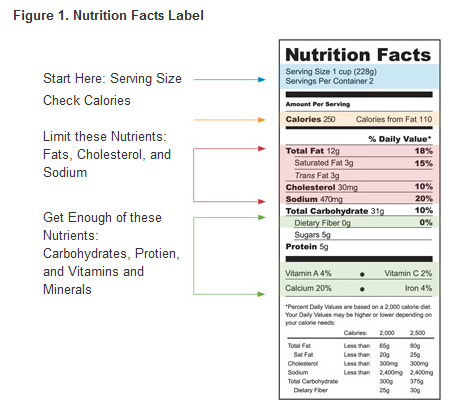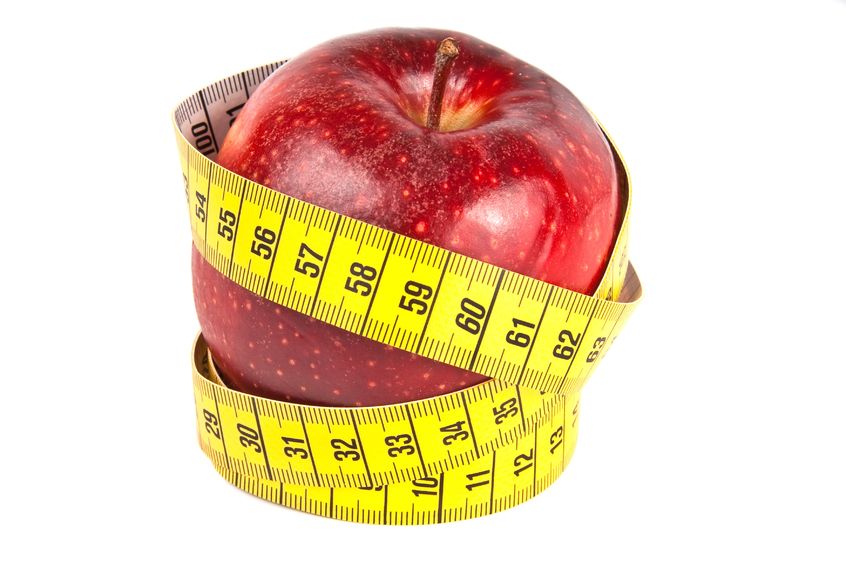The U.S. Food and Drug Administration (FDA) Nutrition Facts label appears on most packaged foods (see Figure 1). It tells you how many calories and servings are in a box or can. The serving size varies from product to product. A portion is how much food you choose to eat…
-
-
Pre-diabetes is diagnosed when blood sugars are mildly elevated but not high enough to classify a person as being diabetic. But insulin resistance can still be present even when blood sugars are still normal. People with untreated insulin resistance are at significant risk for pre-diabetes and type 2 diabetes. Lab…
-
Impaired glucose tolerance (IGT) is a term to describe when a person has elevated blood sugar (blood glucose) in response to eating. IGT is diagnosed when blood sugar levels are not normal, but not high enough to be classified as diabetes. IGT is one reason why a person may be…
-
Impaired fasting glucose (IFG) is a term to describe when a person has elevated blood sugar (blood glucose) in the morning before eating or drinking.
-
Are BMI Charts accurate for determining of someone is overweight? Many doctors still use this somewhat ineffective method of determining whether or not a person is over weight...
-
Waist-to-hip (sometimes mistakenly referred to as hip-to-waist) ratio is a comparison between your waist and your hip measurements. It does not tell you if you have pre-diabetes but can be useful in determining risk factors. According to research scientists at the Imperial College Long, the German Institute of Human Nutrition,…
-
The term "normal" blood sugars applies to a set of standards recommended by the American Diabetes Association (ADA). From time to time these standards have been adjusted to more adequately diagnose diabetes and pre-diabetes... The most recent changes in ADA standards lowered the thresholds for diagnosing diabetes and for diagnosing…




